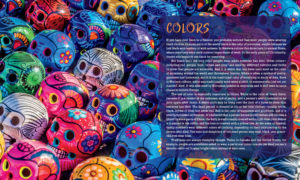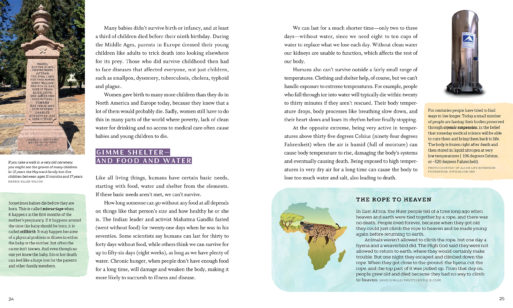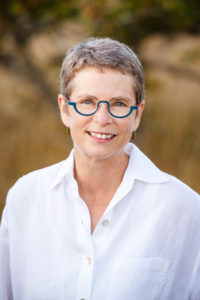 When young people experience the death of someone, where do they go for insight?
When young people experience the death of someone, where do they go for insight?
In “After Life: Ways We Think About Death” author Merrie-Ellen Wilcox provides some thoughtful information. She addresses the following questions: “Why do we die? Why don’t we live forever? What happens when we die?”
And while the book is aimed at highschool-aged readers, it does not condescend. The information is digestible for adults with a guarantee of learning something new.
“I know of so many grandparents who have read the book and then given copies to all of their grandchildren, great-grandchildren and others, which is wonderful,” Wilcox said in an email. Six chapters create an easy journey through this very complicated topic.
For starters, it explores how different cultures explain life and death and breaks down the cause of death into four categories: illness, infection, poison and trauma. “Although these four causes of death work in different ways, they all stop the body from working by the same means: They block the supply of oxygen to the various organs in the body,” the text reads.
 Each page offers two or three illustrations with accompanying words. One chapter explains life expectancy complete with a map and statistics, along with a sidebar on the sophisticated topic of cryonic suspension.
Each page offers two or three illustrations with accompanying words. One chapter explains life expectancy complete with a map and statistics, along with a sidebar on the sophisticated topic of cryonic suspension.
Eye-catching photos include those about the Black Death, historical art, the mummified Tollund Man and modern-day funerals. Every chapter includes a brief death legend, myth or history and at the end is a glossary and index for perusing with ease.
Find out about life support and laws around physician-assisted deaths. Read about what happens to a body after death, including the decomposition process, rigor mortis, embalming, cremation and burial or mummification. Explore the belief in “undead beings,” such as ghosts, vampires and zombies; the incorporation of animals in beliefs about death; festivals, parties and funerals.
Finally, the last chapter helps with healing and the grieving process, and how participation in that is required. It advises people to reach out for help and suggests ways to help others. Death by suicide and the death of pets is also explored.
 One of the best aspects of “After Life: Ways We Think About Death” is the sharing of folklore, which is rich in every culture, such as the concept of “The Rope to Heaven.”
One of the best aspects of “After Life: Ways We Think About Death” is the sharing of folklore, which is rich in every culture, such as the concept of “The Rope to Heaven.”
In East Africa, the Nuer people tell of a time long ago when heaven and earth were tied together by a rope, and there was no death. People lived forever, because when they got old they could just climb the rope to heaven and be made young again before returning to earth. Animals weren’t allowed to climb the rope, but one day a hyena and a weaverbird did.
The High God said they were not allowed to return to earth, where they would certainly make trouble. But one night they escaped and climbed down the rope. When they got close to the ground, the hyena cut the rope, and the top part of it was pulled up. From that day on, people grew old and died because they had no way to climb to heaven.
This entertaining book offers a rich variety of lessons for readers to explore and ways to begin conversations about death, and is especially convenient for a book club or meeting setting. The book is available in hardcover print or ebook at Orca Book Publishers or Amazon. Another option is to check with your local bookstore, where it unfortunately may be difficult to find.

Merrie-Ellen Wilcox | Submitted photo
Wilcox said that despite the suggestion of so many people that the book is needed, and the fact that it was shortlisted for two of the biggest children’s book prizes in Canada, bookstores have been afraid to carry it.
“They don’t know what to do with it or where to put it, so it inevitably ends up stuffed in the ‘grief’ section in the most remote corner, if they carry it at all, and no one will see it,” she said, adding that many or most North American adults have difficulty talking about death and sharing the topic with their children.
How about starting a conversation yourself with “After Life: Ways We Think About Death?” When was the last time you were treated to an entertaining read on a serious topic, full of pictures, breakout boxes and interesting sidebars?
For another good book on death, read the SevenPonds review of “When You Die You Will Not Be Scared to Die” by Lindsay Tunkl.

 “After Life: Ways We Think About Death” by Merrie-Ellen Wilcox
“After Life: Ways We Think About Death” by Merrie-Ellen Wilcox


 How Dare You Die Now!
How Dare You Die Now!
 Debating Medical Aid in Dying
Debating Medical Aid in Dying
 “Help Me, Helen”
“Help Me, Helen”














